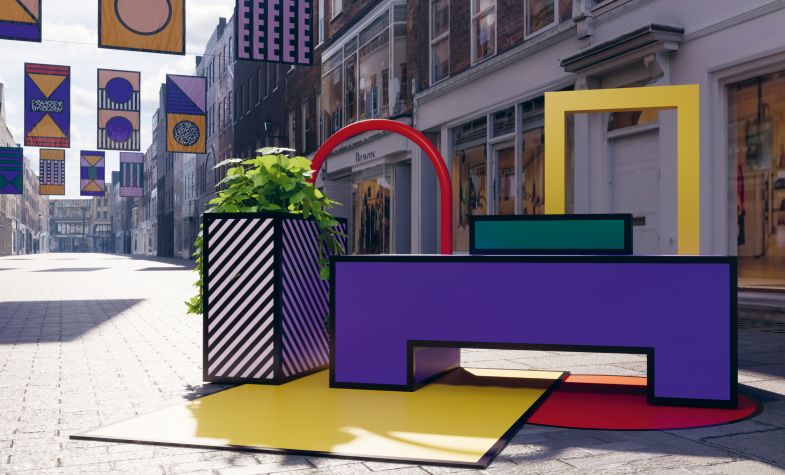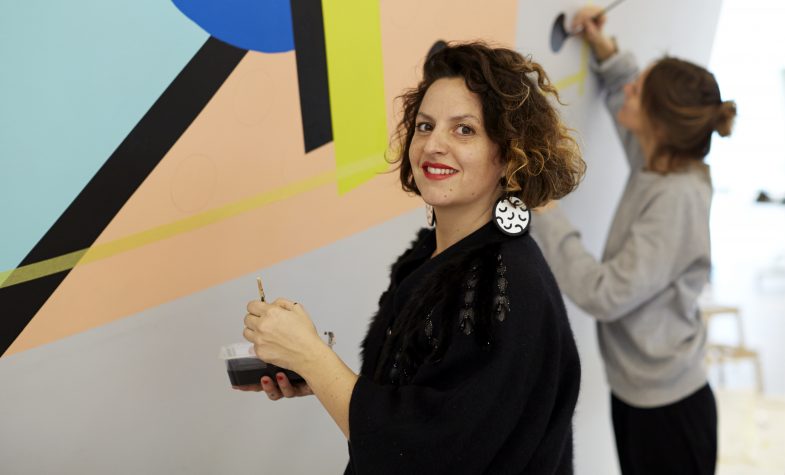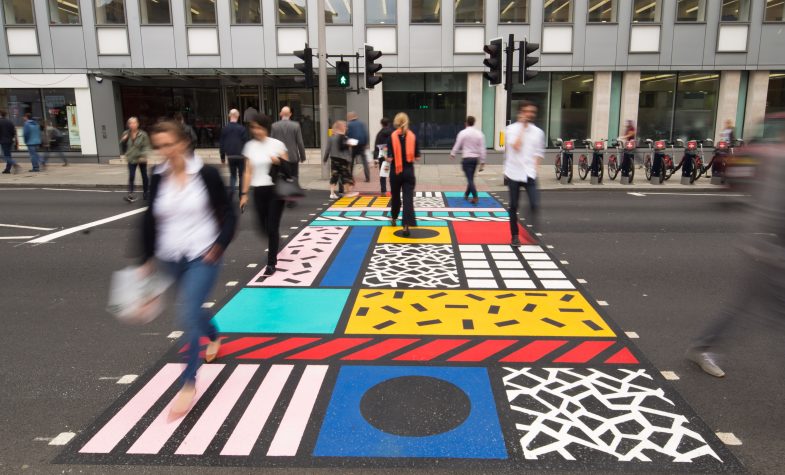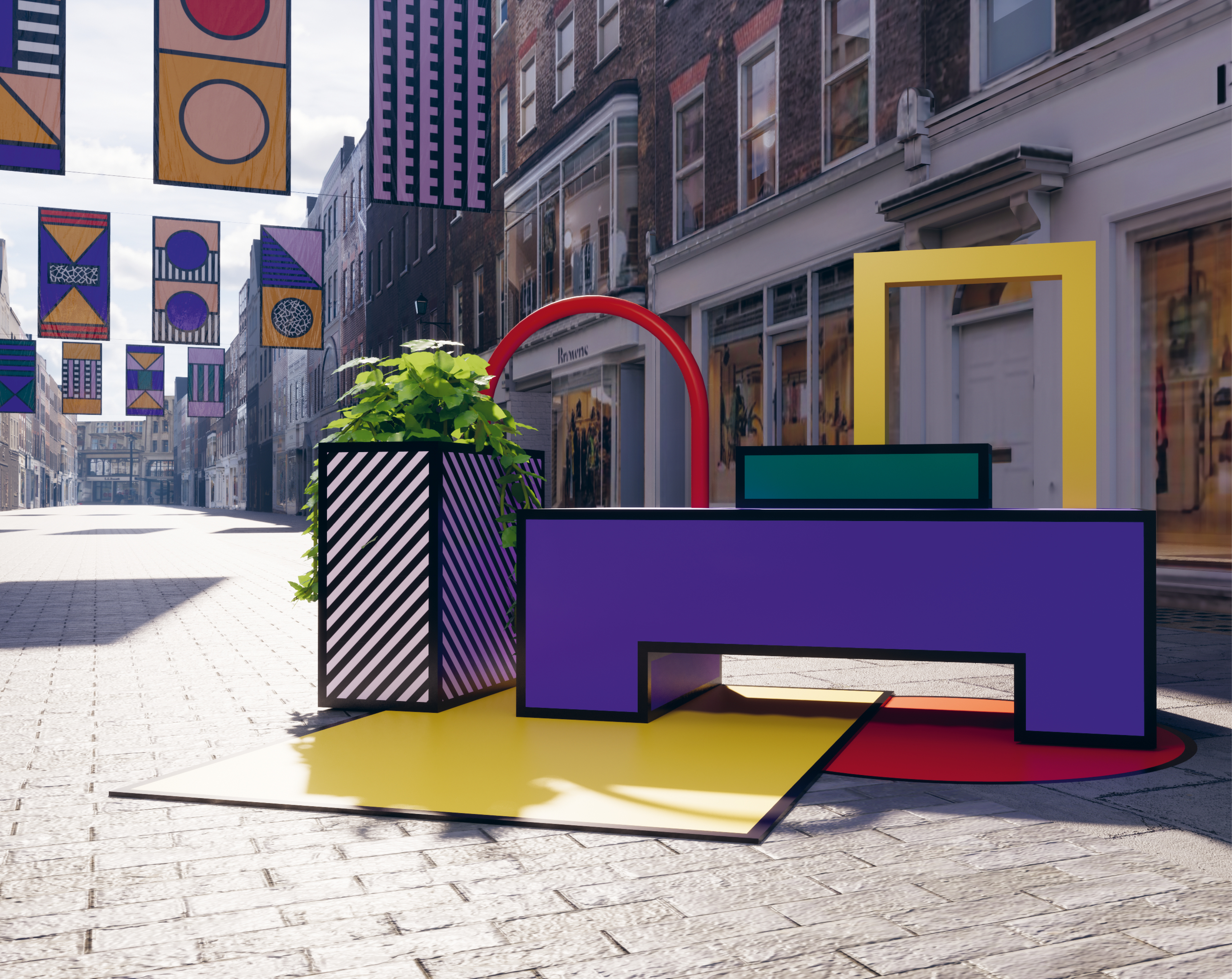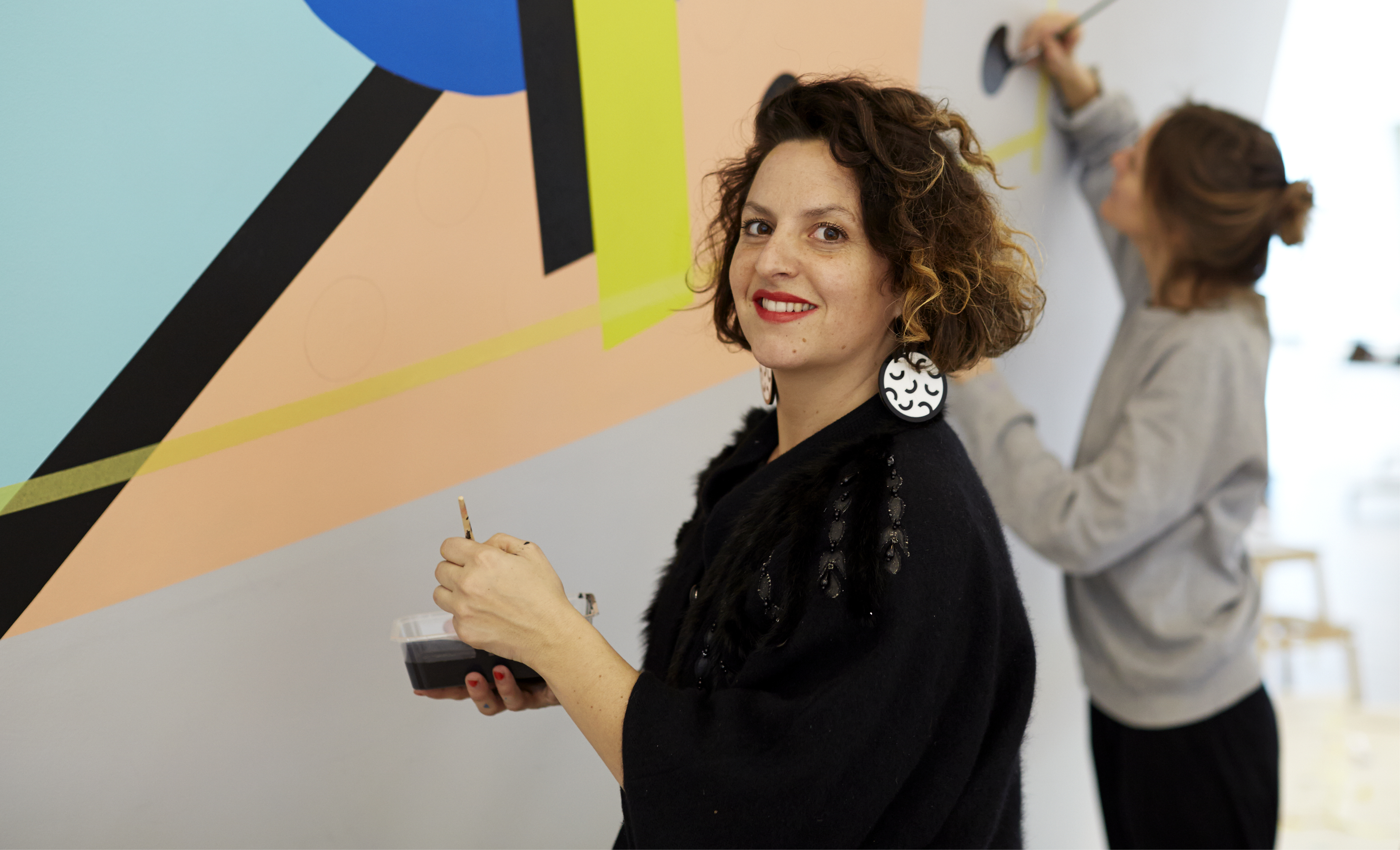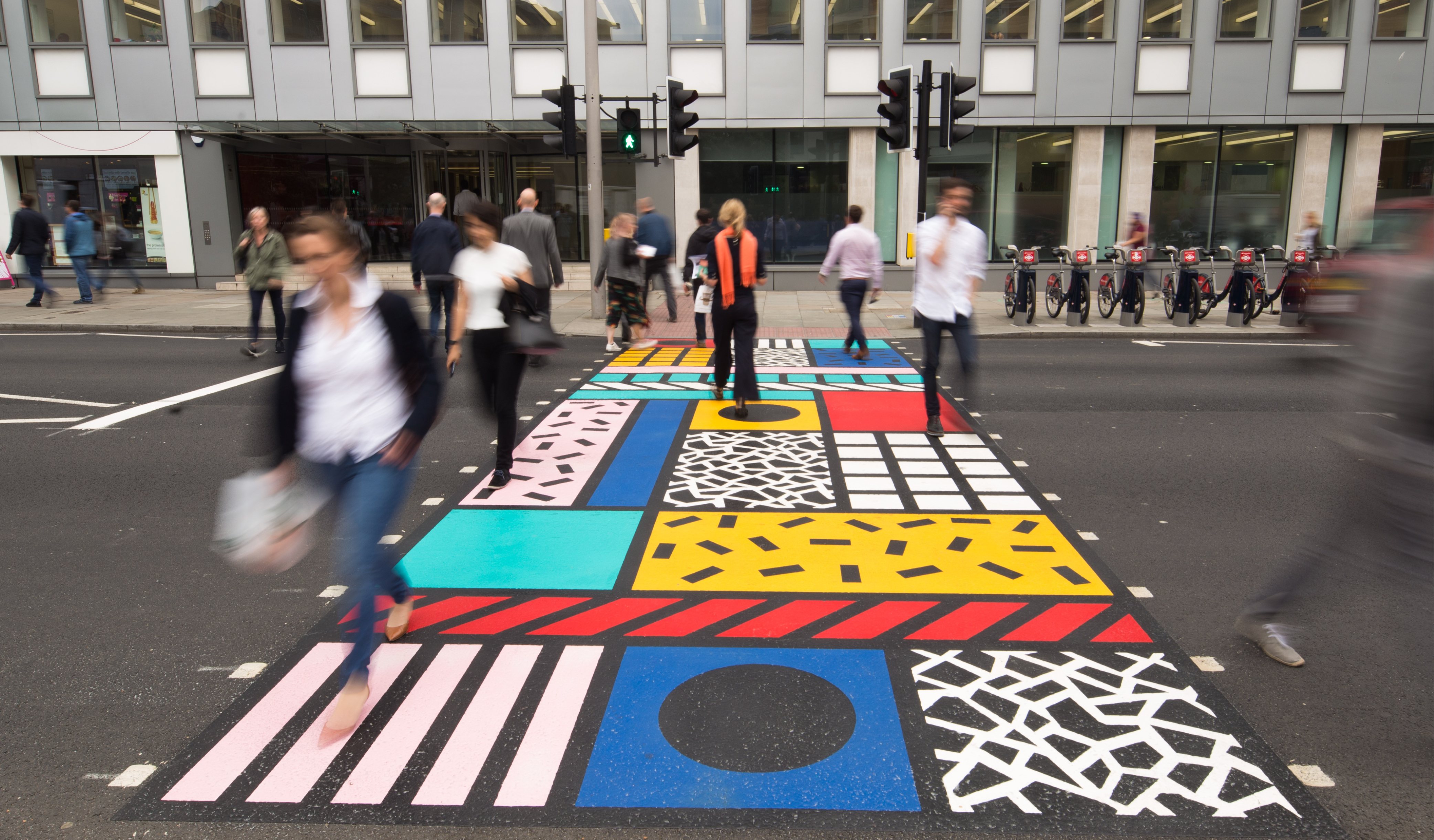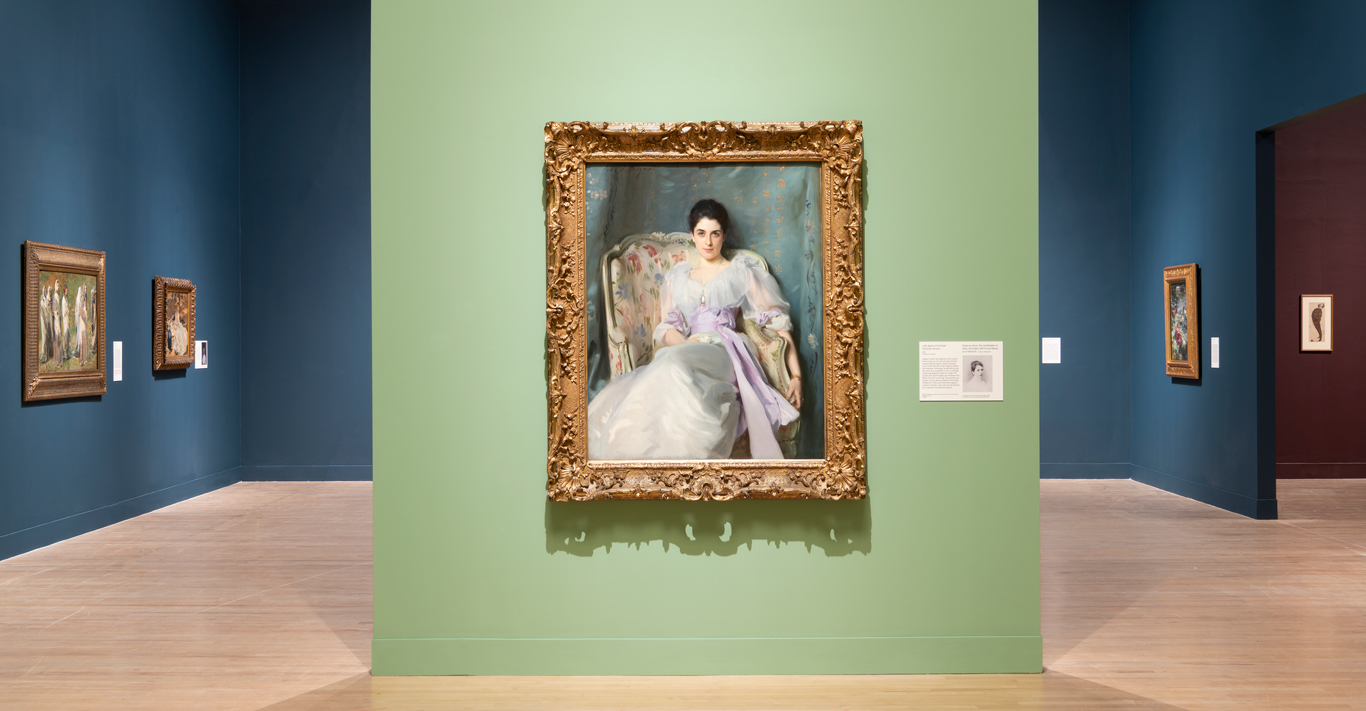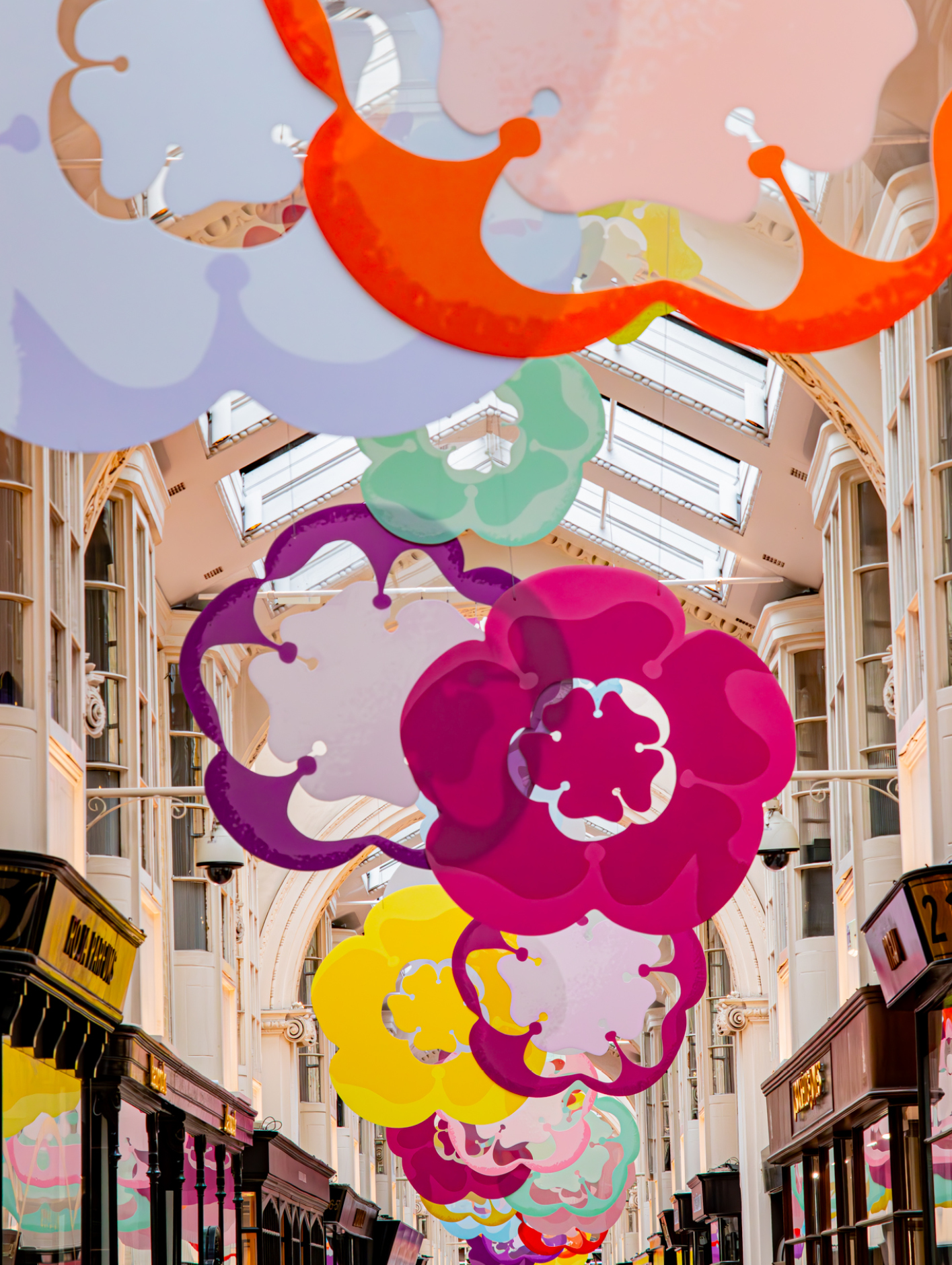WORDS
Amy Raphael
The designer Camille Walala is here to make you smile. Her geometric designs are so zippy and zingy that they illuminate the dullest of days, recalling a childhood spent under the dazzling blue skies of the south of France and a colourful home decorated with African fabrics and emerald-green paint. Her parents divorced when she was young and when she visited her father’s apartment in Paris, she was always struck by how grey everything was, apart from ‘a few pieces of furniture covered in tiles’ and several pieces of furniture by the Memphis Group, a collective of designers led by Ettore Sottsass who created brightly coloured geometric designs as a reaction against the utilitarian aesthetics of modernism.
Although her father is an architect, Walala grew up in a small French village that didn’t go out of its way to support creativity. ‘I hated school,’ Walala says. ‘I was the lazy one in the back of the class. I wanted to work in fashion, but I did a literature degree instead. I studied English for seven years at school, but I still couldn’t speak it so my dad sent me to London for three months. I really didn’t want to come. I told him I’d never speak to him again.’
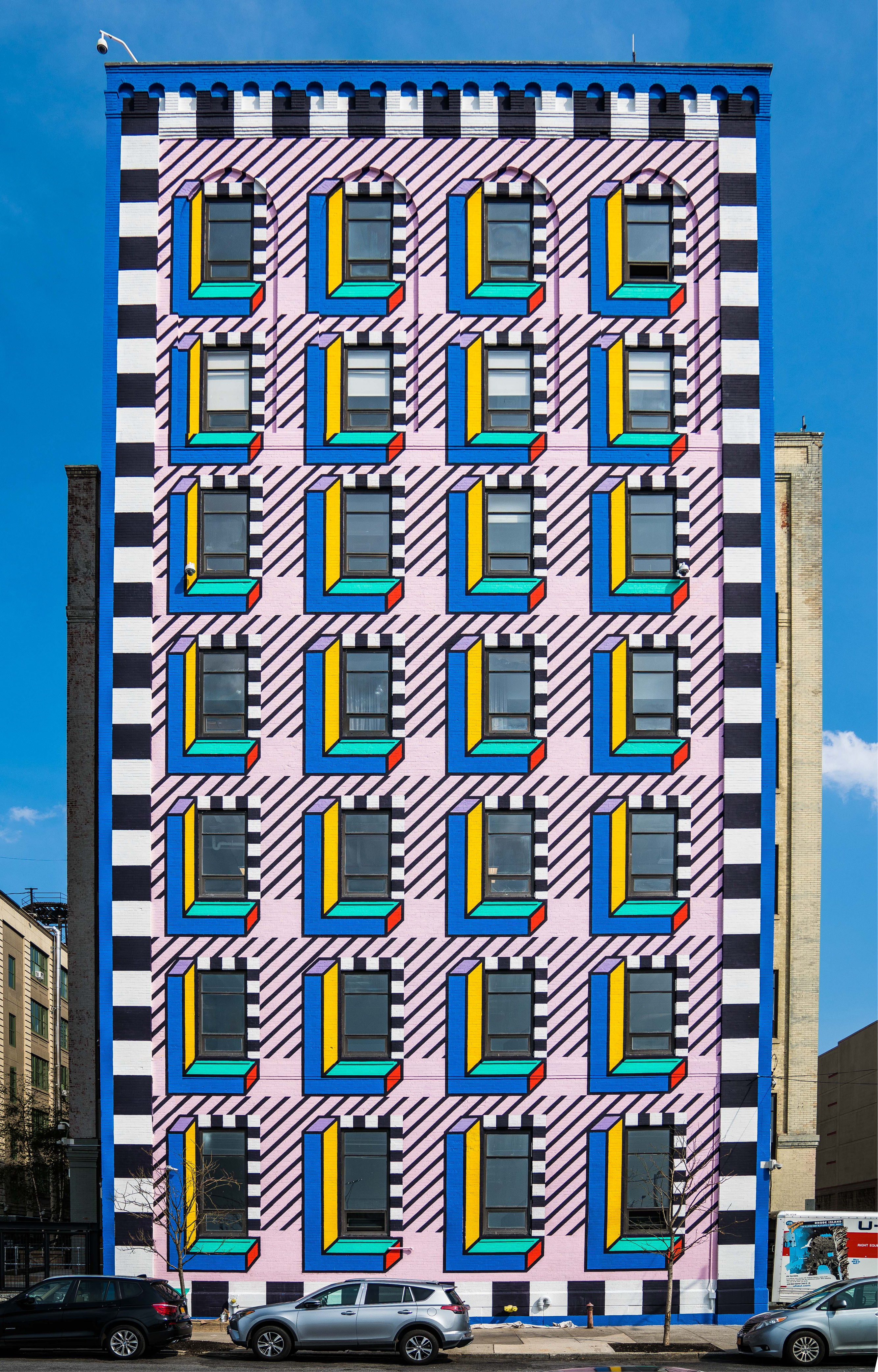
Walala turned up in Camden Town in 1997 as a 23 year old who’d spent most of her life in her village with a population of 300. She recalls walking out of the Tube and thinking, ‘What the hell is this place?’ She’d always been the eccentric kid in the village and now she was surrounded by people who were wearing ‘crazy outfits’. Inevitably, she loved it so much that she had to be dragged back to France to finish her degree.
Returning to London after graduating, Walala thought she might pursue fashion after all. But then she changed her mind and wanted to be a drummer, a psychologist, a chef. She did evening classes in drawing and pottery. She was fixated with ‘tribal pop’, op art, graphic African patterns and the vibrant colours and geometrics in Sonia Delaunay’s paintings and finally a supportive evening class teacher suggested she study textile design at Brighton University.
After the course, Walala worked in a cheese shop in Borough Market and sold cushion covers she’d designed. ‘I was 33 by this point and a bit lost,’ she admits. But then, in 2012, a friend ofa friend opened a London nightclub and gave her £20,000 to design a space at the venue. There was no brief; the design was totally up to her. The space she created was Memphis-inspired and her work was immediately noticed.
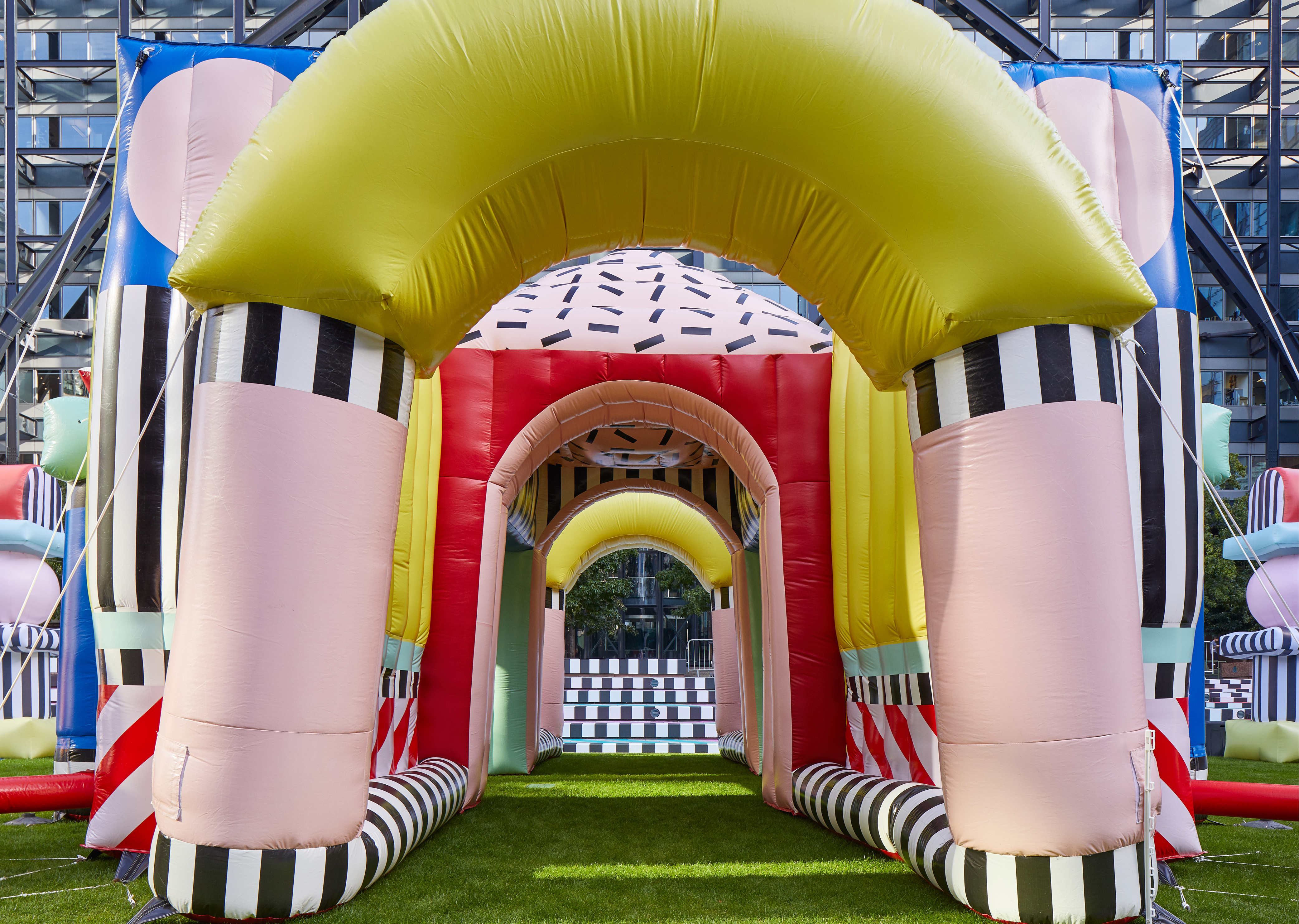
Walala hasn’t stopped working since, mostly by integrating art into the urban landscape and in doing so making it accessible to everyone. She transformed a dull black corner building in London’s Old Street into a brightly coloured work of art, designed to ‘make people smile in the street’. She did a similar job on one side of a flat building in Brooklyn’s Industry City, making the colours pop and the wall appear to be 3D. She customised a recliner for classic Italian furniture maker Natuzzi. She designed rugs and worked with Caterpillar. In 2016, she designed a temporary zebra crossing near Tate Modern for London Design Festival. The following year, the festival commissioned her to create an installation in the heart of Broadgate. Festival co-founder Ben Evans says he wanted people to walk around the corner and say, ‘Oh my god, what is that?’ Which, invariably they did; Villa Walala was a huge inflatable sculpture in tutti-frutti colours. ‘I wanted to do something silly,’ says Walala. ‘Something that was not supposed to be there. Once it was built, I went back a few times and saw people laughing, smiling and chilling in an area they normally just walk through.’
For this year’s festival, Walala is creating a series of benches and planters for the festival that will remain in Mayfair’s pedestrianised South Molton Street after the festival is over. ‘The street furniture I’m creating is playful – purple, yellow and green, with black and white striped planters – and I hope it brings joy to everyone who walks past it.’ She has also been commissioned to design this cover of Brummell.
Given the way in which she has cheered up London with some of her bold and bright Provençal colour palette, it is strange to think Walala might never have set foot in the capital. She laughs. ‘I still say thank you to my father now. Coming to London changed my life. I could have been married to a farmer in rural Provence, which would have been OK, but I wouldn’t have done anything creative.’
See Camille Walala’s illustration for the cover of Brummell’s Autumn 2019 issue by clicking here.

